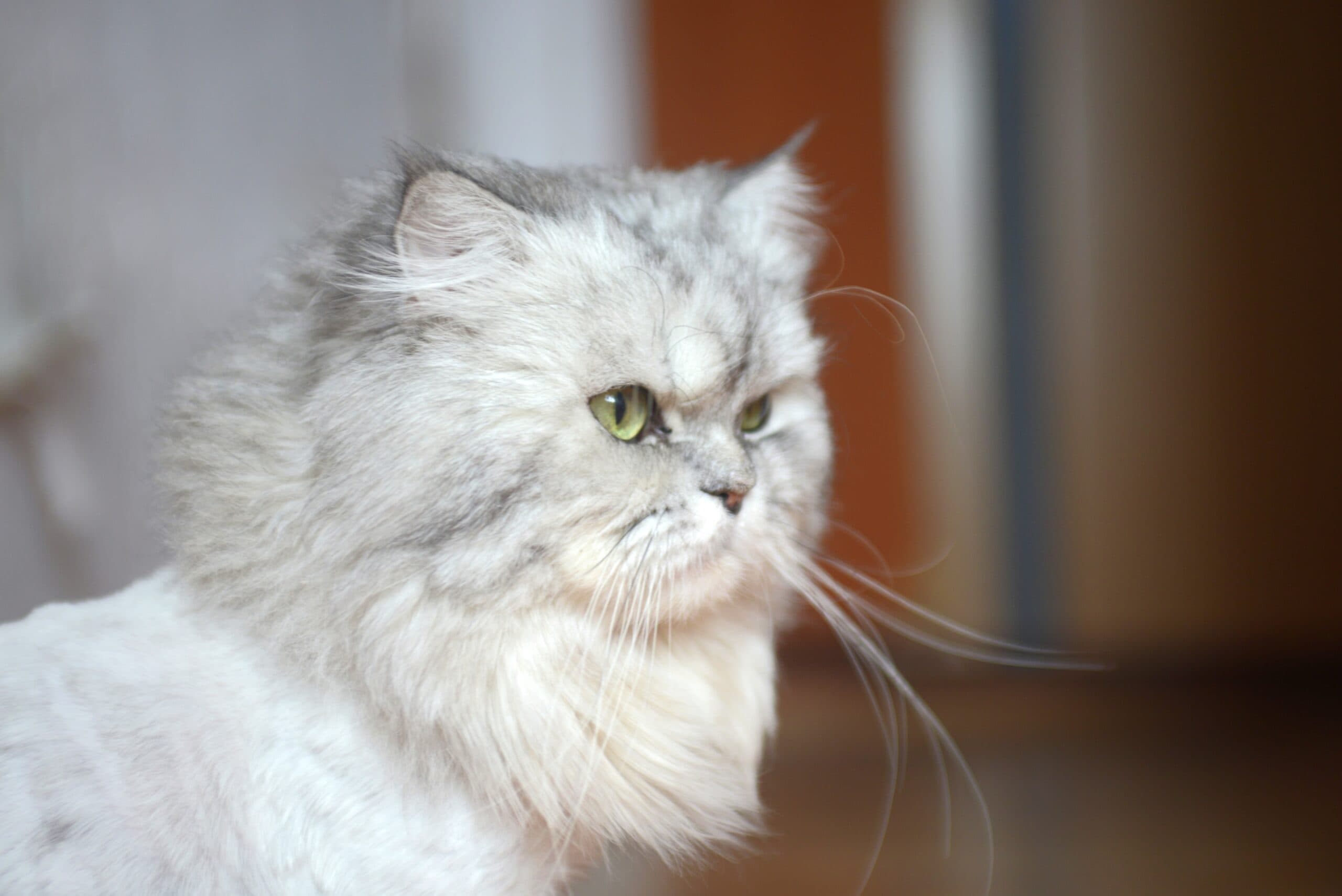Can Sand Be Used for Cat Litter? Advantages & Disadvantages

Updated on
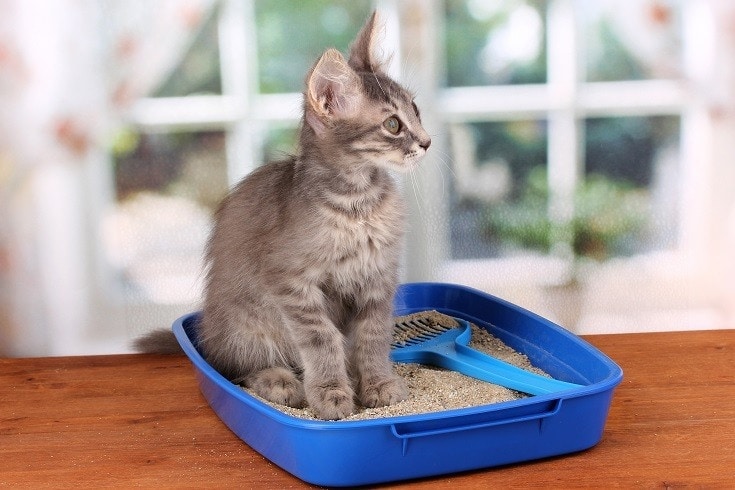
Are you looking for an alternative to commercial cat litter? You must have wondered whether sand is a viable option. Sand is readily available and cheaper than many cat litters. But is it any better than standard litter? Is it even safe for your furry friend? While sand can be used as cat litter, there are a few considerations.
We answer these and more questions below. Read on to learn the advantages of using sand as cat litter and the drawbacks you might come across.
Is Sand Safe for Cats?
Whether the sand is safe or not depends on where you got it. Some sources could contain parasites and viruses that could expose your cat to diseases. Luckily, most of the sand you’ll find in the store is sourced from the quarry. That minimizes the chances of it harboring parasites and viruses.
The 5 Advantages of Sand Litter
Why would anyone consider using sand as an alternative to standard litter in the first place? Well, it turns out sand offers some distinct advantages. The following are some of them.
1. It Is Cheaper
Availability makes sand a more economical option. You can purchase it in bulk, reducing costs significantly. Furthermore, you can collect the sand for free instead of buying it from the store. However, it is advisable to sanitize it before use to avoid exposing your kitty to harmful pathogens.
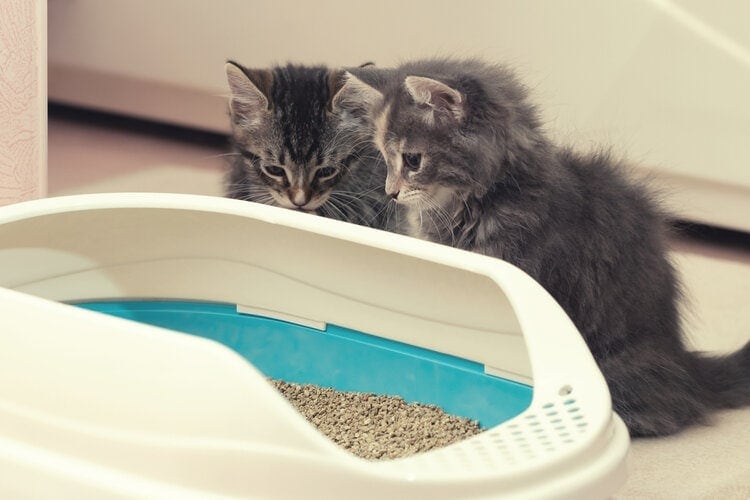
2. Most Cats Will Love It
Cats have used sand longer than litter boxes have been in existence, having originated from the desert.1 Most will prefer its natural texture to that of commercial cat litter. Therefore, you don’t have to worry much about your kitty rejecting it. In fact, owners whose cats are picky about the litter should consider sand.
3. No Additives
Commercial litter is made with human beings in mind. As such, manufacturers add chemicals to mask odors and clump the litter for quick cleaning.
These additives can be harmful to your cat if ingested.
Sand occurs naturally and contains no chemicals or additives. That makes it the safest option for a concerned cat owner.
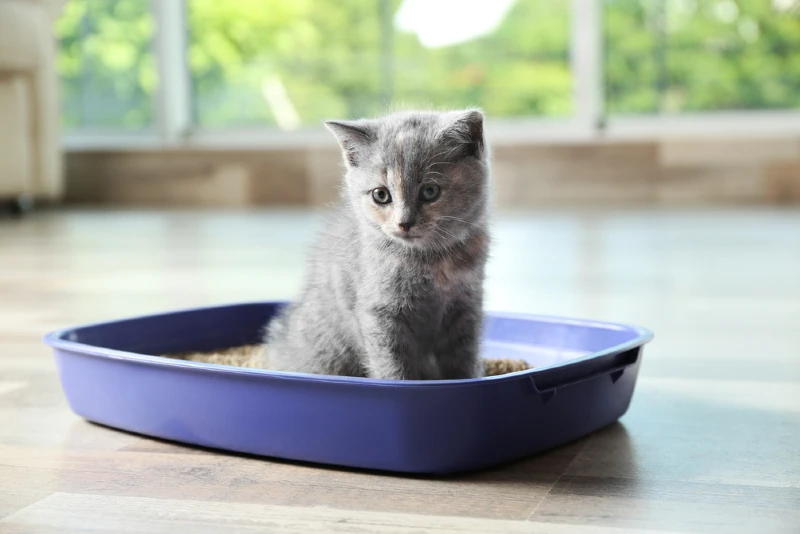
4. Easily Accessible
Sand is everywhere you look. Unlike commercial litter, at no time will there be a shortage.
You can buy in bulk and store the excess for future use, so you don’t have to worry about running out of cat litter. Storage is not a challenge either. You can keep it outside, provided it’s covered.
5. Environmentally Friendly
Sand is an environmentally friendly option. Its packaging and disposal do not impact the environment since it is a natural product with no chemicals or additives.
The same cannot be said of commercial cat litter. For instance, strip-mining clay harms forests and wildlife habitats. Moreover, some cat litters are not compatible with sewage systems.
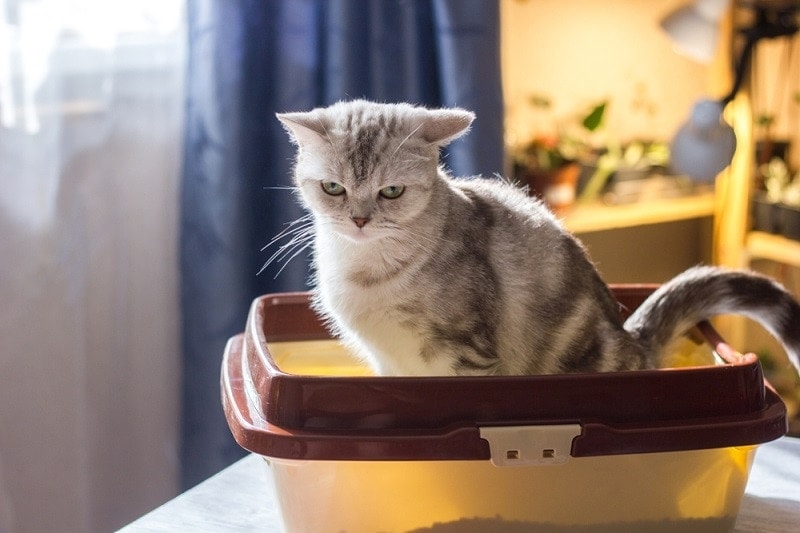
The 6 Drawbacks of Using Sand as Litter
It’s not all roses, though: using sand as cat litter also has disadvantages. We address some of them below.
1. It Is Messy
Sand is lightweight and consists of tiny grains, which quickly stick to the cat’s paws and fur. After a while, you will start noticing tracks of sand all over the floor, making the house messy. You can try fixing this by picking a unique spot to place your litter box. Better yet, you can put a litter mat around the box. It will grab most of the soil particles under the cat’s paws.
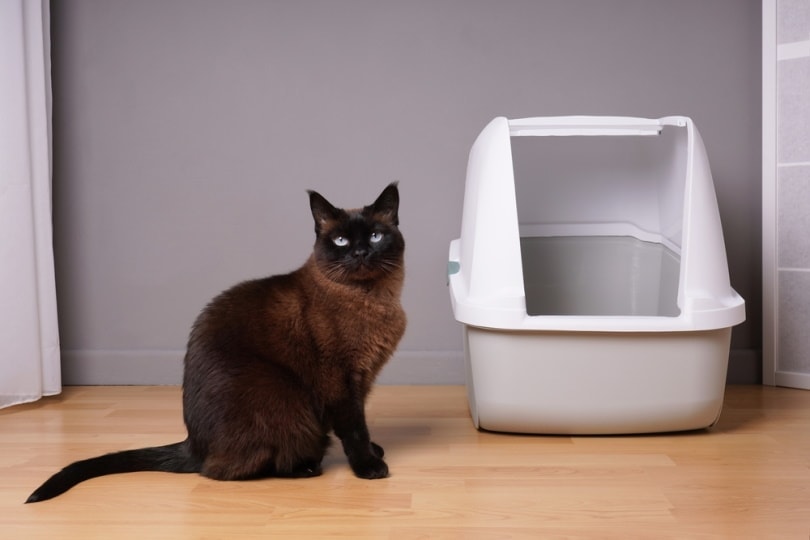
2. Lack of Consistency
Some cats are sensitive about their litter and may act up if you change it. That’s why it’s advisable to keep things consistent. Being consistent is easier if you are buying sand litter from the store. However, it can be challenging if you are collecting sand from outside.
3. Not Absorbent
Sand is not as porous or absorbent as standard cat litter. Therefore, it won’t soak up as much urine. Most of it will flow to the bottom of the box and settle there. If you switch to sand, you may replace the litter faster than usual. That means you need a constant supply of sand.
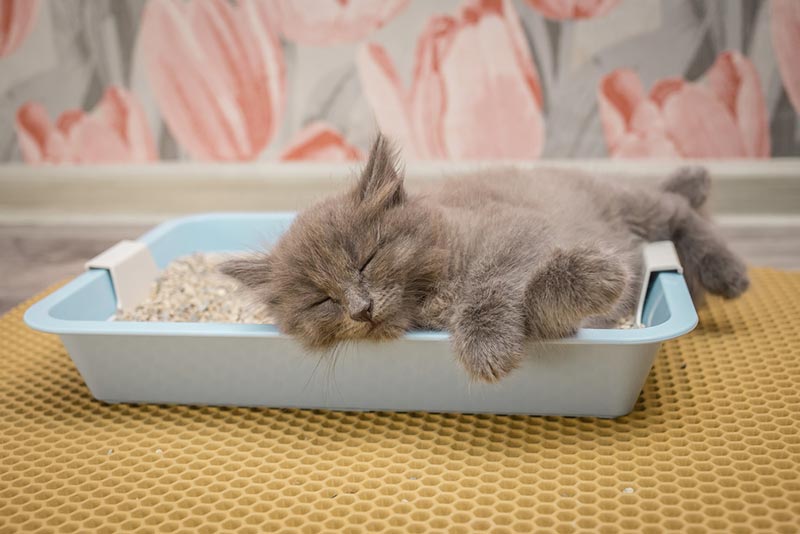
4. It Can Be Harmful
The sand you collect from outside could contain harmful pathogens. The parasites and bacteria could make your cat sick. You can minimize the risk by buying sand from the store. Alternatively, you can sanitize the sand you collect before using it.
Bake it in the oven for 10 minutes at 260 degrees Fahrenheit. Then let it cool before placing it in the litter box.
5. No Odor Control
Commercial cat litter usually contains chemicals that help mask the odor. Sand lacks these additives and thus won’t absorb bad smells. Luckily, there are several solutions you can try. For instance, adding one cup of baking soda and stirring the mixture could help reduce the odor. Alternatively, you can try activated charcoal.
6. No Clumping
Commercial cat litters usually contain bentonite, which enables the urine and poop to form clumps. Clumping makes cleaning easier since you only need to remove the waste.
Without clumping, the urine spreads throughout the box. That makes cleaning challenging since you may have to empty the entire litter box.
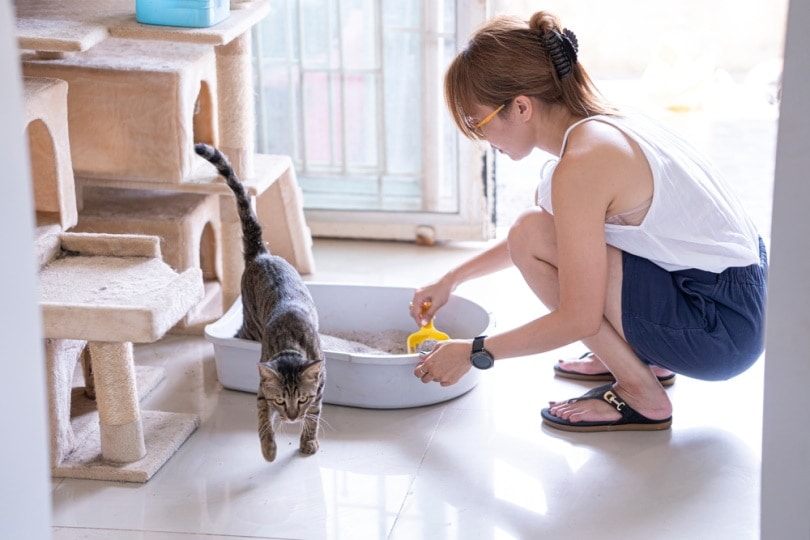
Other Litter Alternatives
Besides sand, you can try many other cheap alternatives to commercial litter. We sample some of them below.
Newspapers
Don’t let your old newspapers go to waste, as you can use them to create cat litter. Follow the following steps.
- Shred the papers and add water and dish soap
- Drain the mixture once the water turns gray and when all the ink is gone
- Sprinkle baking soda as you knead the wet pieces to drain the remaining water
- Let it sit outside to dry, or bake it in the oven
Wood Shavings & Sawdust
Wood shavings and sawdust are sometimes listed as cat litter alternatives. Please note that some wood shavings and sawdust are toxic for cats and should only be used after careful consideration of the source. In addition, wood shavings and sawdust are carcinogens (cancer-causing) for humans and are therefore best if avoided and should only be used with proper guidance and recommendations from a healthcare professional. Do not use these products if you or your cat have respiratory issues or ailments.
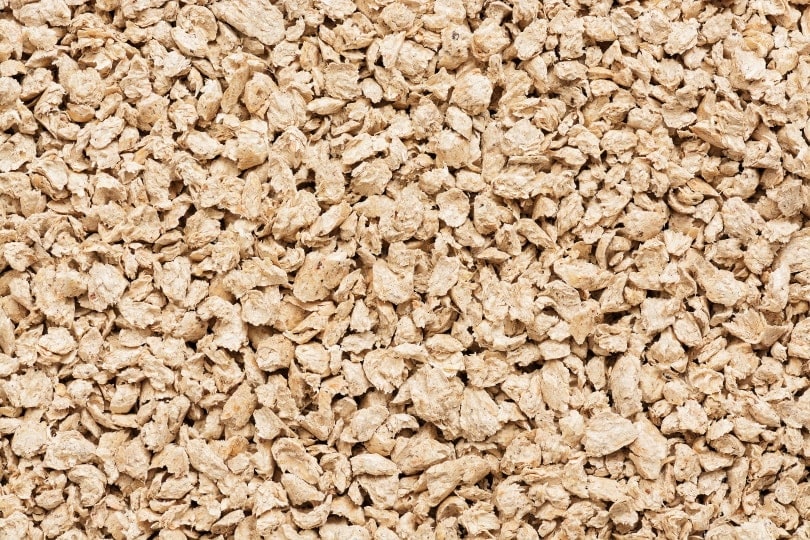
Poultry Feed
Poultry feed is a cheap alternative to commercial litter. The best part is some feeds are available in pellet form and look similar to commercial cat litter pellets. Chicken feed is quite absorbent and won’t require regular replacement. You can add baking soda to help mask the odor.
Buy in bulk from animal supply stores and save on costs. However, be careful since they can attract mice and insects.
Wood Pellets
Wood pellets are often used as fuel but can act as cat litter. Their natural smell can help mask urine odor. They are also soft, lightweight, and very absorbent. Therefore, you don’t have to worry about changing the litter often.
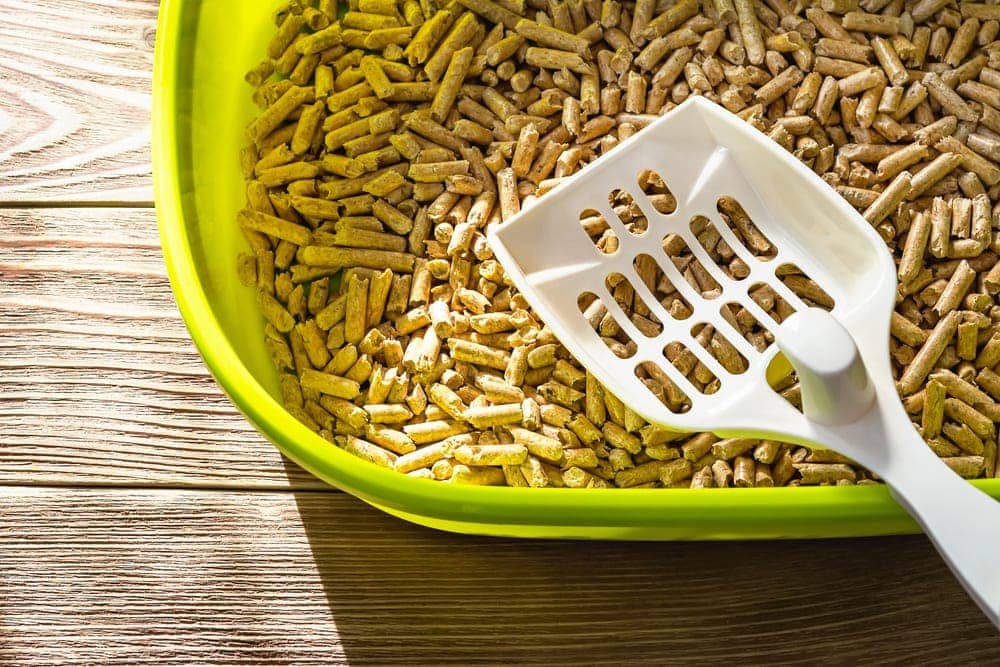
Potted Soil
Like sand, cats have used soil to hide their poop for a long time. Therefore, they will be naturally drawn to it. However, using soil can be risky since it could contain harmful pathogens. It is also the messiest option since it is highly trackable.
How to Keep Your Cat Safe
Sand is an excellent alternative to commercial cat litter. However, being cautious is advisable since you risk harming your furry friend.
You can take several measures to ensure your cat is in no danger when using sand as litter.
First, always go for store-bought sand whenever possible. Although it is cheaper to collect sand, you risk exposing your kitty to harmful pathogens that could make them sick. In the long run, this may lead to more expenses in the form of veterinarian trips for your unwell kitty.
If you collect sand, ensure you sanitize it by baking it in the oven for 20 minutes at 260 degrees Fahrenheit. But don’t collect sand from anywhere since it can contain harmful substances the oven can’t eliminate. For instance, sand intended for application to roads during winter has a salt mixture toxic to felines.
Conclusion
So yes, you can use sand for cat litter. It is cheap, sustainable, readily available, and contains no chemicals. However, it can be pretty messy. The absence of chemicals also means you can’t control odor or benefit from clumping.
Overall, sand is an excellent alternative to commercial litter if you won’t miss clumping and can tolerate a smelly litter box.
Featured Image Credit: Africa Studio, Shutterstock





